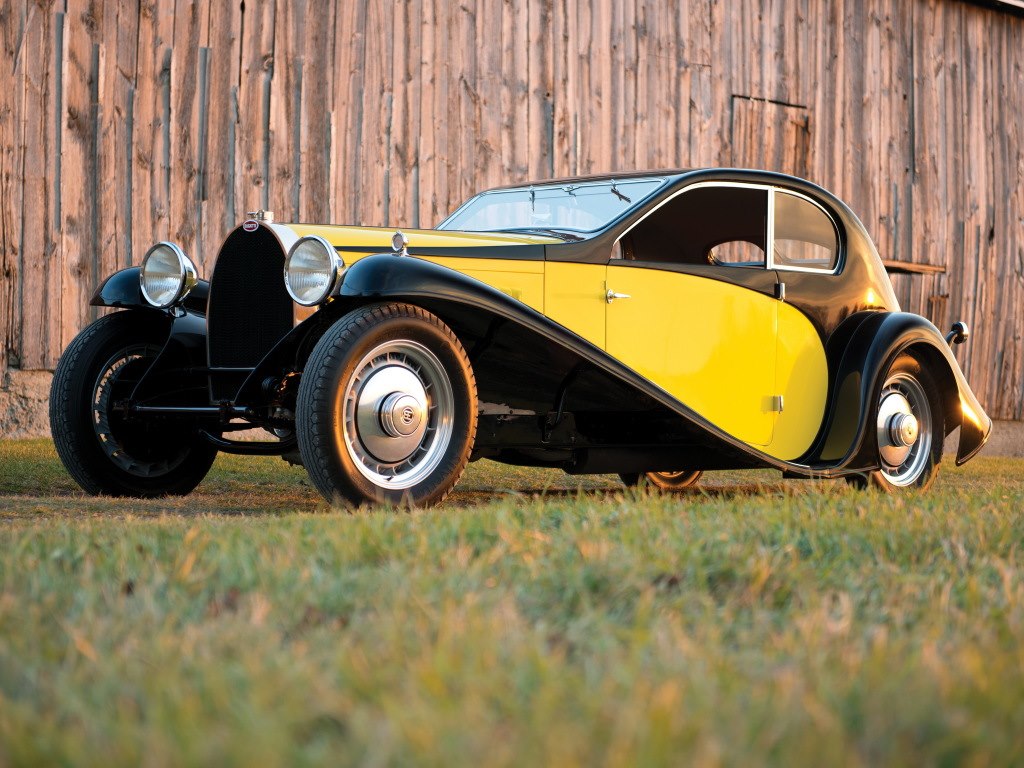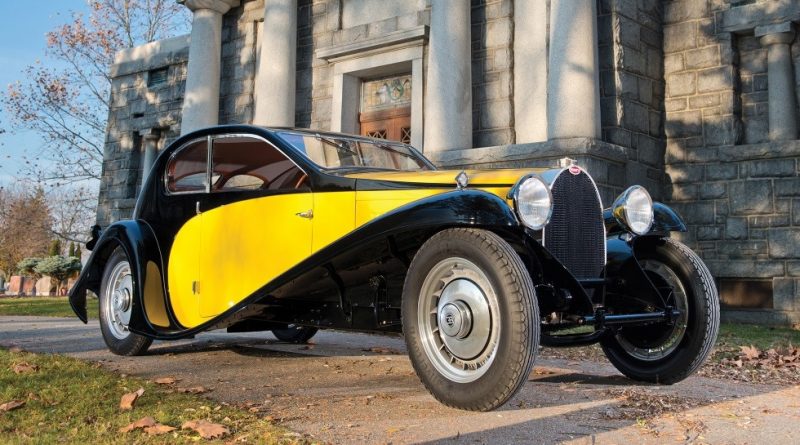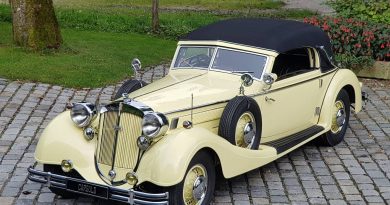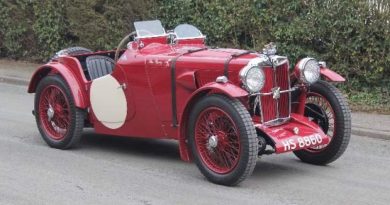1930 Bugatti Type 46 Superprofile Coupe
The Bugatti Type 46 was produced from 1929 through 1936 with a total of 444 examples produced. The supercharged version, the Type 46S, was introduced a year later – in 1930. In total, there were only 18 examples of the Type 46S produced.
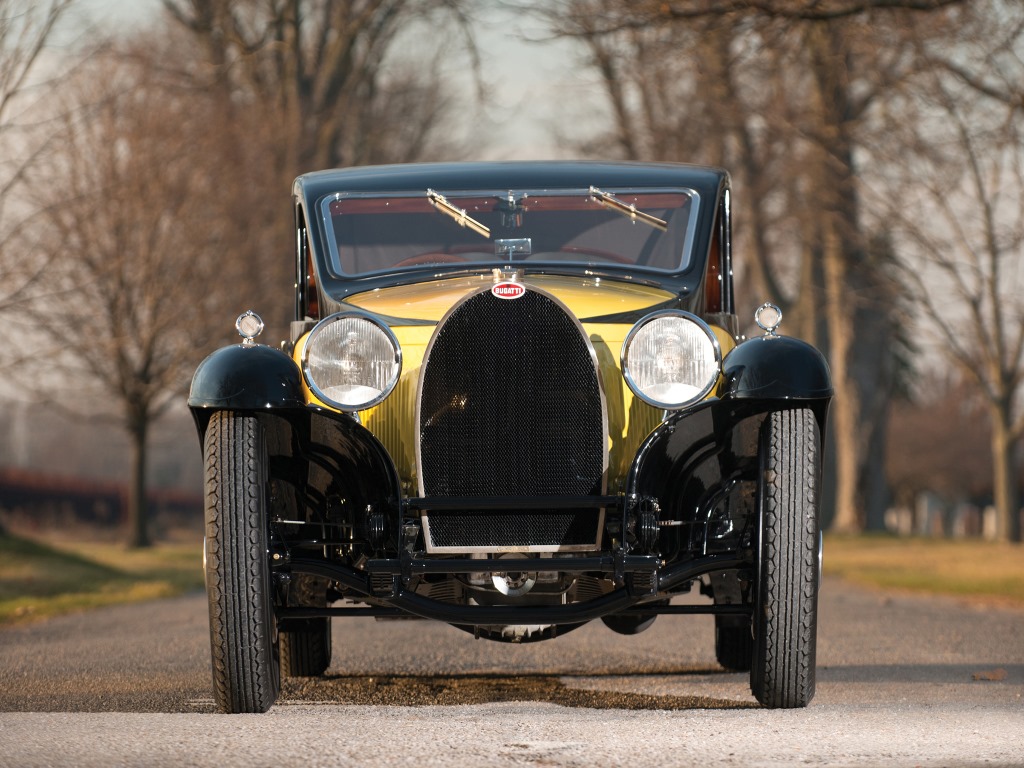
When Bugatti introduced the Type 46, they had an impressive lineage of vehicles in which they offered their clients. At the top of the pack was the legendary Bugatti Royale (Type 41), which was far beyond what most customers could ever afford. The Type 46 was to become Bugatti’s luxurious flagship that was both large and comfortable. It included many of the design elements that could be traced back to the Royale.

The Type 46 Bugatti was fitted with a straight-eight engine, a three-speed gearbox, Rudge wire wheels, and cable operated brakes. The engine was fitted with a Smith-Bariquand Multi-Jet Carburetor, had single overhead camshafts, a 5359cc displacement size, and a deep one-piece cylinder block, which incorporated the main bearing supports and the Type 41’s 130mm piston stroke.
The one-piece cylinder block and head was almost completely covered by a hand-scraped aluminum plate secured by rows of brightly polished fasteners with polished fittings and covers.
With its ultra-long stroke, the Type 46 had impressive low-speed performance, thus its need for only a three-speed gearbox, which was mounted in unit with the rear axle.
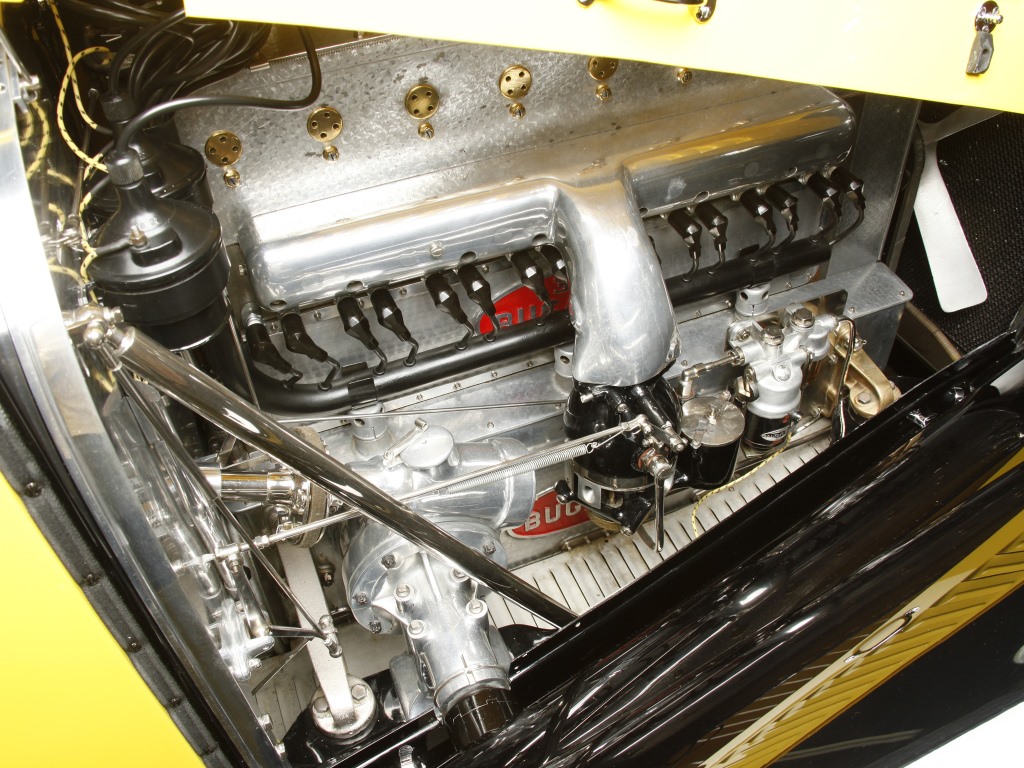
The car rode on a comfortable 137.8-inch wheelbase. The engine was rubber-mounted in the frame which aided in quiet operation. With 444 naturally aspirated Type 46 models sold and an additional 18 with superchargers, the Type 46 was a very successful commercial product for the Bugatti Company.
Bugatti had added their own coachworks facility in Molsheim in 1928, thus allowing them to provide their own coachwork. The upper-class clientele needing more were able to take the rolling chassis to the coachbuilder of their choice.

Everything about Bugatti’s cars, and especially the Type 46, would be special and one of a kind. Starting with the smooth running long-stroke 5.4-liter inline eight cylinder engine, Bugatti had a truly exclusive lineup. Featuring an engine casting process that included the cylinders themselves, Bugatti’s engine would end up being very narrow and rectangular in their shape as there were no engine pieces needing to be put together. Boasting of three valves per cylinder and twin spark plugs, the engine was capable of producing 140 brake horsepower all while operating smoothly as one would expect from a luxury car.

While Bugatti’s engines were handcrafted and specially-built, the coachwork would be every bit as unique and exclusive. In fact, in the book Bugatti Type 46: La Petite Royale written by Bohuslav Klein, Roland Saunier and Kees Jansen, amongst the Bugatti’s extensive range of cars, ‘no other Bugatti Type motivated so many European bodymakers in the thirties to build such exclusive bodies as this one did.’ And perhaps none are as inspiring as the Superprofile.
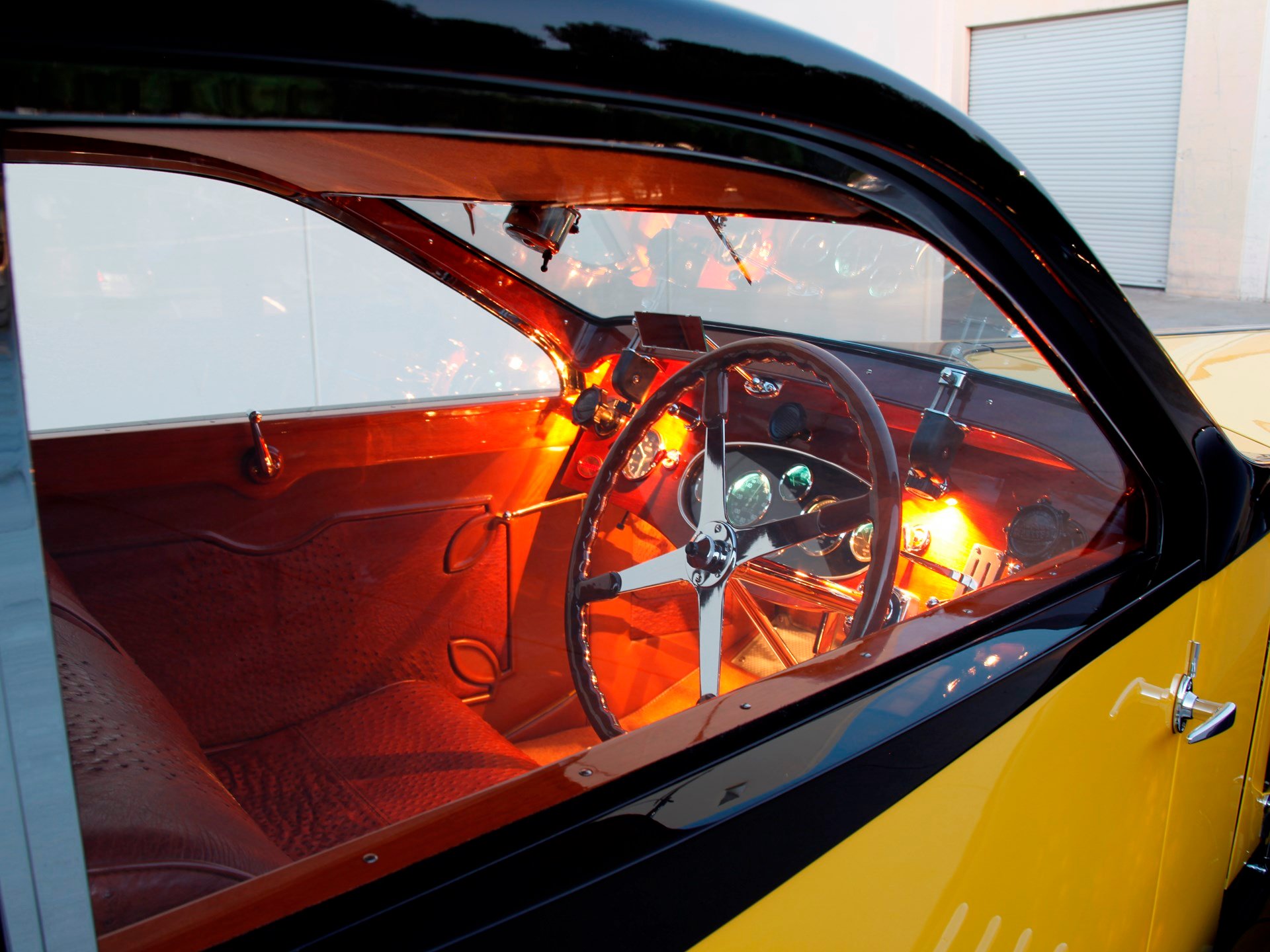
A study in shapes and mergers, the Superprofile is an incredibly intelligent fusion of sweeping arcs and rectangular patterns, but they are just a couple of the shapes that make up the truly remarkable and artistic design. Elements of wedges and circles all come together to produce a true piece of art.
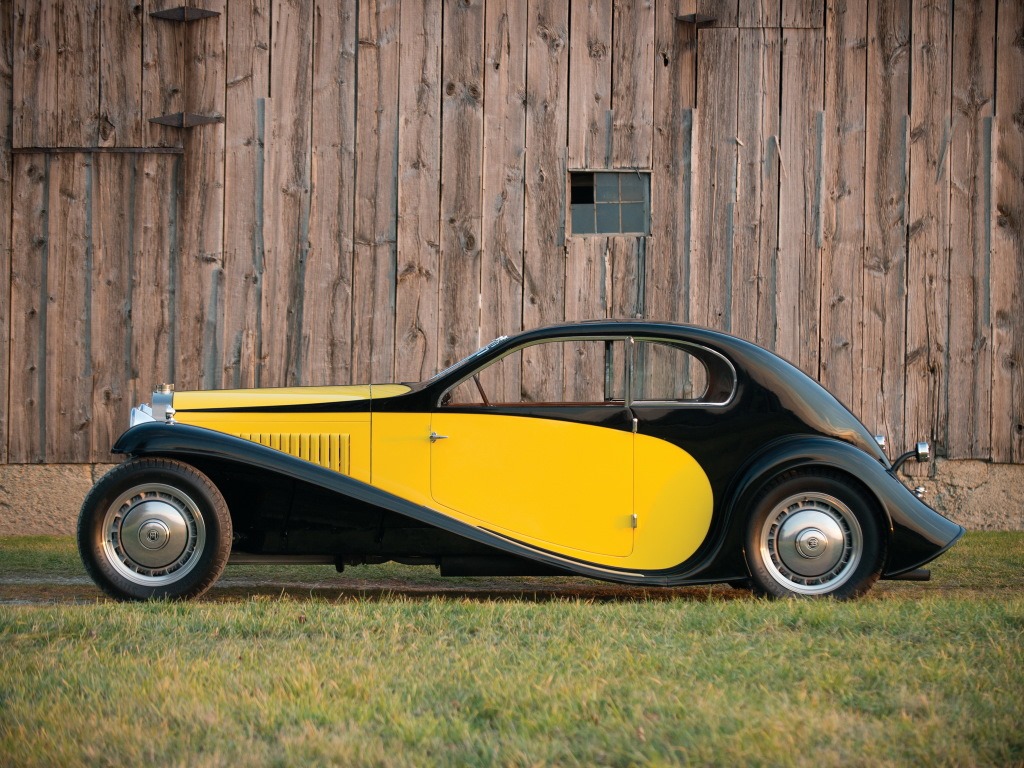
Adorned in a striking black with bright yellow panels, the finish of the car only draws the eye to the fantastic lines and features of the coachwork. From its steeply-raked windscreen, to its flawless wood dash and steering wheel, to its brown Ostrich leather, this particular recreation of Superprofile certainly does the heritage and memory of Bugatti proud.
Highlighted with an engine tuning and a cleanliness that gives the aura of the car having just been delivered by Ettore himself, the gleaming chrome radiator and period-correct Goodrich Silvertown tires only add to this already scintillating and inspiring representation of the Type that inspired some of the grandest automotive works of art the world has ever seen.
